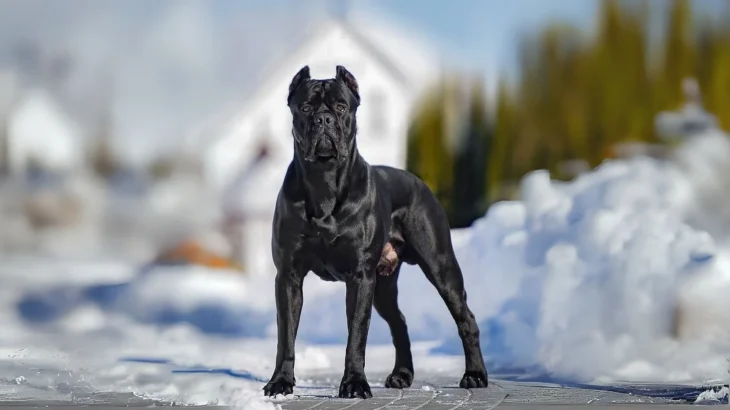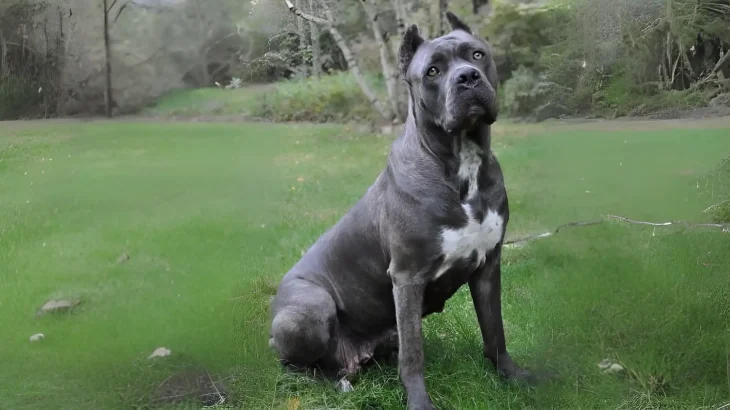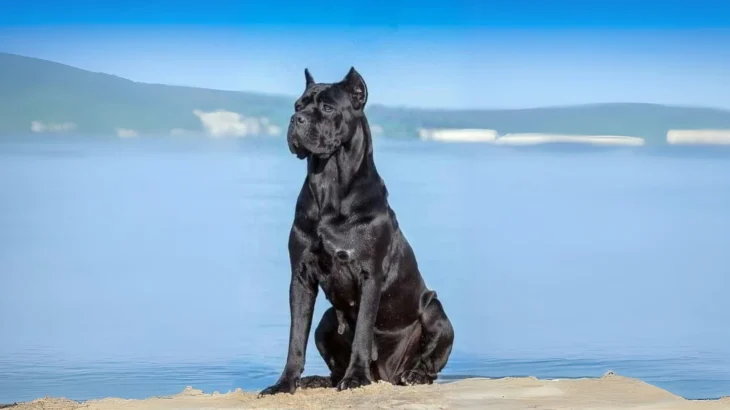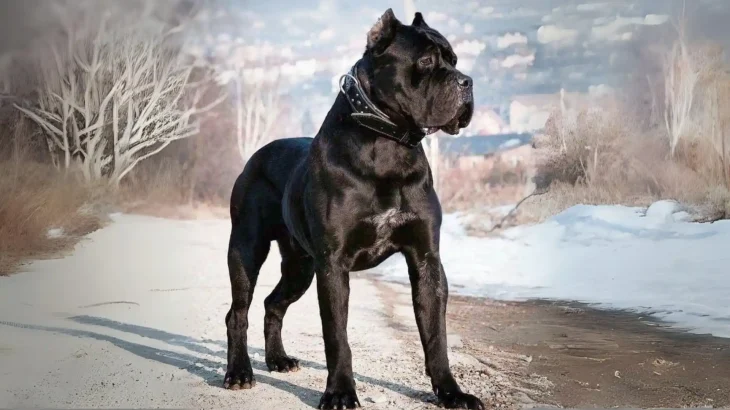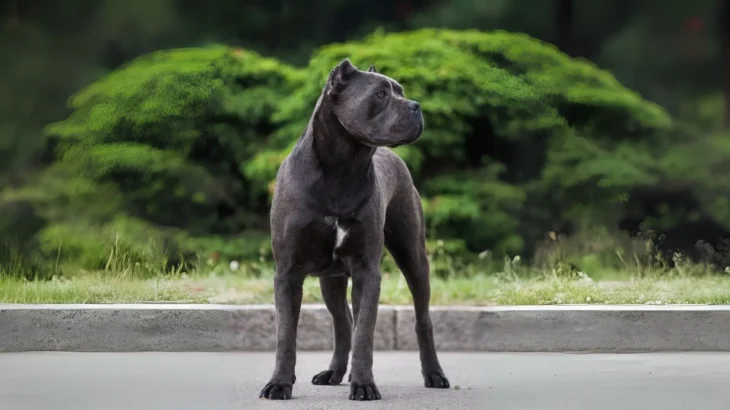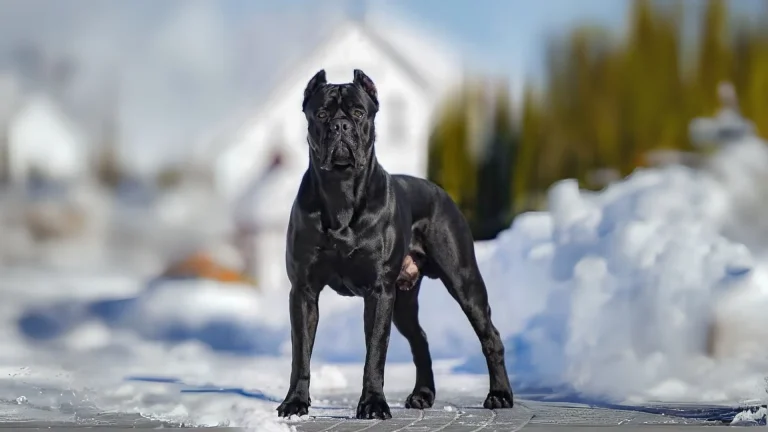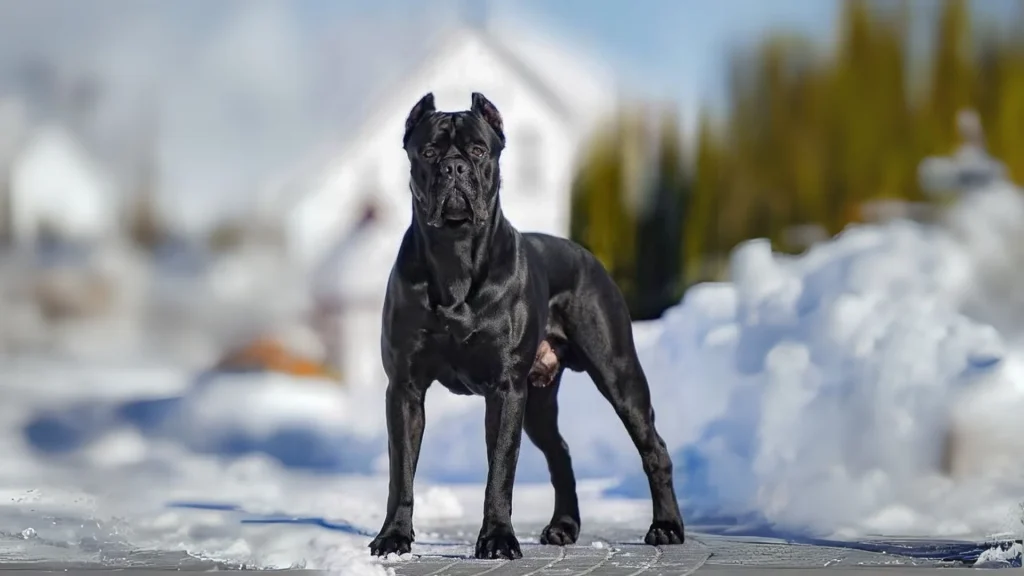When choosing a Cane Corso puppy, deciding between adoption and buying from a breeder is an important step. Each option has unique benefits and challenges related to health history, cost, and ethical considerations specific to this powerful breed. Understanding these factors helps ensure the best match for your home and lifestyle.
Adoption vs. Breeder: Pros & Cons
| Criteria | Buying from Breeder | Adopting from Shelter/Rescue |
|---|---|---|
| Cost | Higher initial cost, typically $1,500 to $3,000 due to breed purity and paperwork. | Lower adoption fees, usually $100 to $400, making it more budget-friendly. |
| Health History | Breeders provide health clearances and genetic testing, reducing risk of inherited disorders. | Health history may be incomplete; reputable rescues often assess and treat health issues before adoption. |
| Age Availability | Primarily puppies, allowing training and bonding from early age. | Often includes adult and senior dogs, great for those open to older companions. |
| Temperament Insight | Breeders understand lineage temperament, helping anticipate traits. | Shelters provide observed temperament but full behavioral background can be uncertain. |
| Supporting Practices | Supports structured breeding programs focused on breed standards. | Aids animal welfare by providing homes to dogs in need and reducing shelter populations. |
| Ethical Considerations | Risk of supporting unethical breeders if not carefully vetted; important to choose responsible breeders. | Promotes rescuing and rehabilitation by saving dogs from uncertain futures. |

